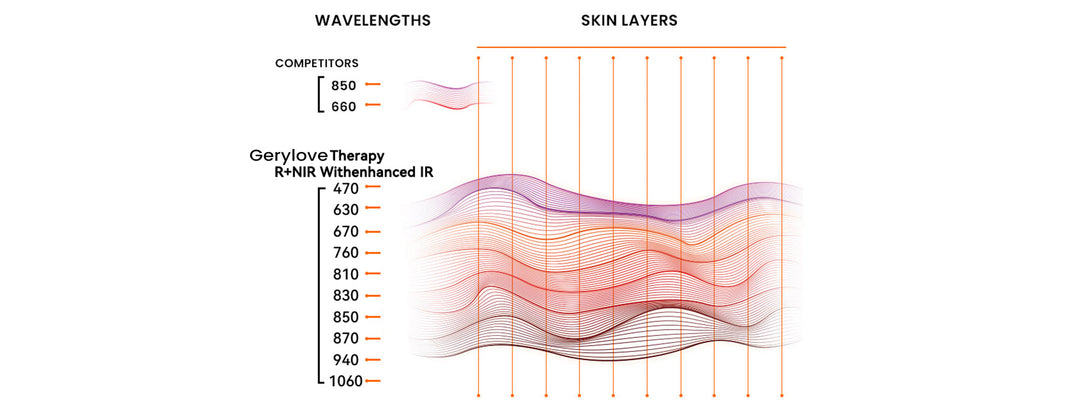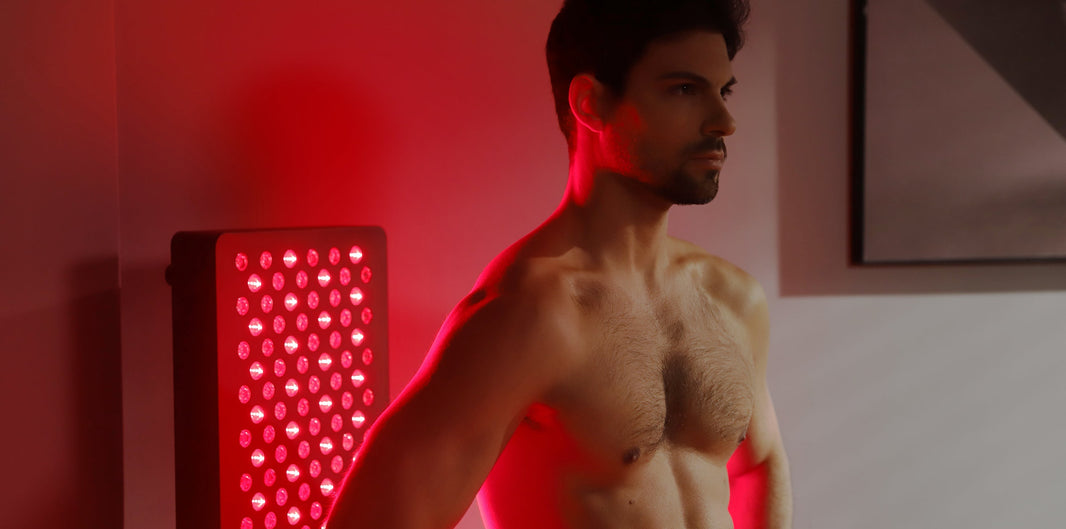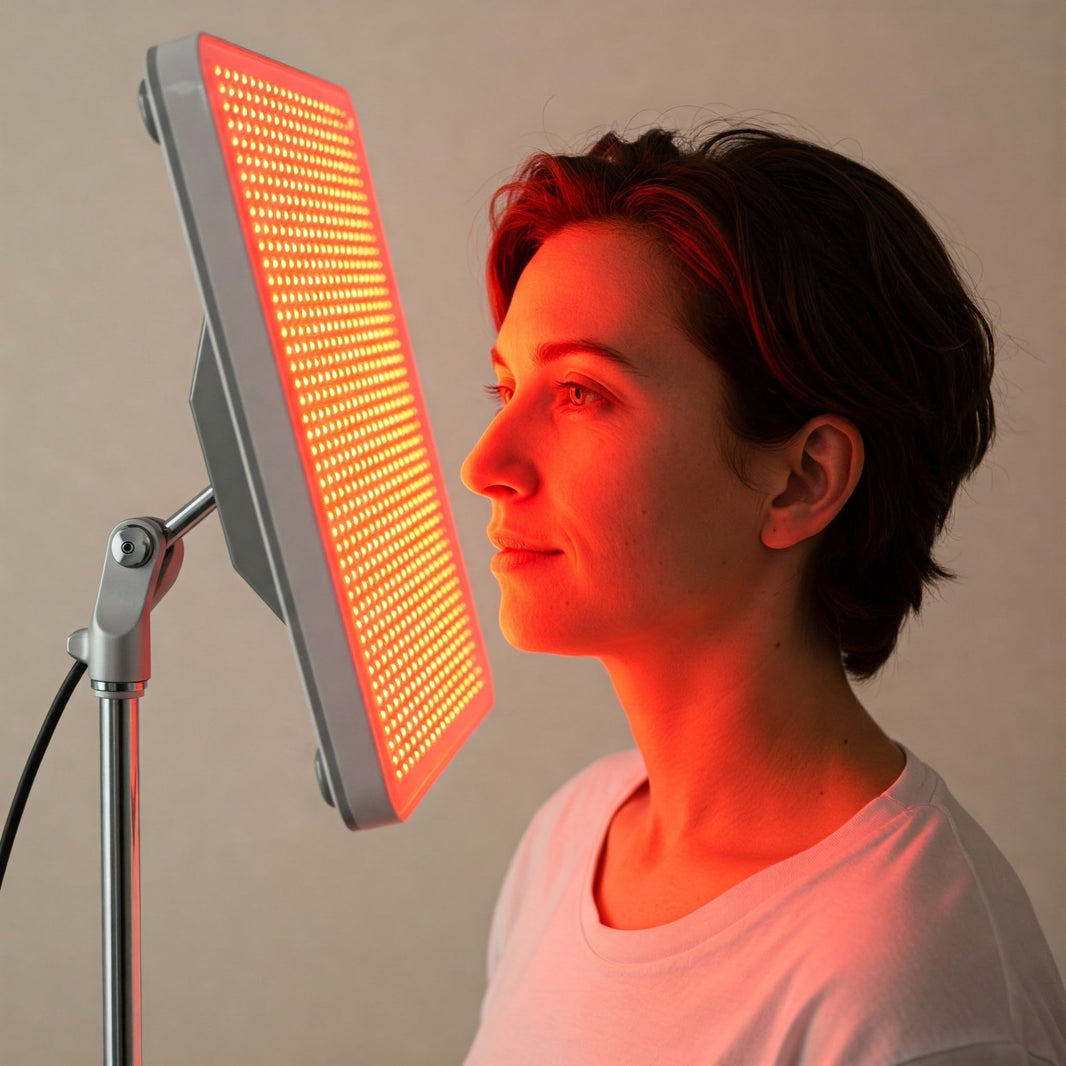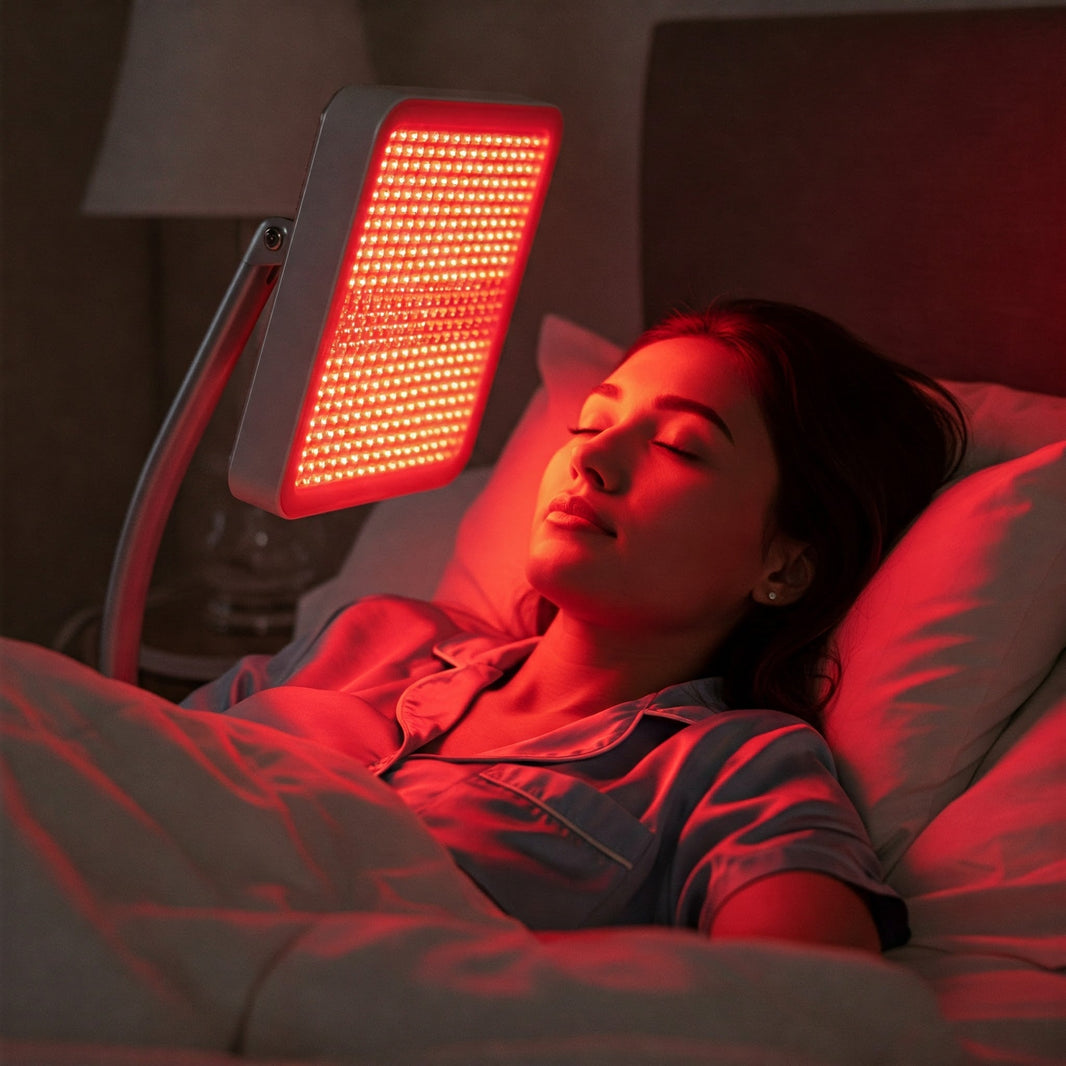In today's fast-paced world, quality sleep is often a luxury. Many people struggle with falling asleep, staying asleep, or achieving truly restorative rest. While various solutions exist, red light therapy (RLT) has emerged as a promising natural approach to improving sleep quality. But how exactly does it work?
Understanding the Science Behind Red Light Therapy
Red light therapy involves exposing the body to low levels of red and near-infrared light. These specific wavelengths of light (typically 630-660nm for red and 810-850nm for near-infrared) penetrate the skin and interact with cells, particularly the mitochondria, the cell's "powerhouse." This interaction stimulates cellular energy production (ATP), which can have various positive effects on the body.
Red Light Therapy and Melatonin Production
One of the key ways RLT may improve sleep is by influencing melatonin production. Melatonin is a hormone that regulates the sleep-wake cycle. Its production is influenced by light exposure; darkness triggers its release, while light suppresses it. While blue light is known to disrupt melatonin production, studies suggest that red light may have the opposite effect.
· A study published in the Journal of Photochemistry and Photobiology B: Biology investigated the effects of red light on melatonin production in rats. The researchers found that exposure to red light increased melatonin levels. [You could link to a relevant study here if you find one specifically on red light and melatonin in humans. Unfortunately, many studies focus on the impact of blue light on melatonin. Finding a direct link to red light increasing melatonin in humans is difficult. It’s important to be accurate. You can link to studies about the impact of light generally on melatonin, such as this one: https://www.ncbi.nlm.nih.gov/pmc/articles/PMC3047228/]
It's important to note that more research is needed to fully understand the mechanisms by which red light affects melatonin in humans. However, the existing evidence suggests a potential link.
Red Light Therapy and Circadian Rhythm Regulation
Beyond melatonin, RLT may also help regulate the circadian rhythm, the body's internal clock that governs sleep-wake cycles. Disruptions to the circadian rhythm can lead to various sleep disorders.
· Exposure to natural light, particularly in the morning, is crucial for maintaining a healthy circadian rhythm. RLT, particularly when used in the morning, may mimic some of the benefits of natural light exposure, helping to synchronize the body's internal clock. [You could link to articles or studies about circadian rhythm and light exposure in general. This is a well-established area of research: https://www.nigms.nih.gov/education/fact-sheets/Pages/circadian-rhythms.aspx]
Red Light Therapy and Stress Reduction
Stress and anxiety are common culprits of sleep problems. RLT has been shown to have potential stress-reducing effects, which could indirectly contribute to improved sleep.
· Some studies suggest that RLT may help reduce cortisol levels, a hormone associated with stress. [Research on this is still evolving, but you could link to studies on the broader effects of photobiomodulation (which includes RLT) on stress and anxiety when you find suitable ones.]
How to Use Red Light Therapy for Sleep Improvement
If you're considering using RLT to improve your sleep, here are some tips:
· Timing: Using RLT in the morning or early evening may be more beneficial than using it before bed.
· Consistency: Regular use is key to seeing results.
· Device Quality: Choose a reputable device that emits the appropriate wavelengths and intensity of light.
· Consult a Professional: If you have underlying sleep disorders, it's essential to consult with a healthcare professional before starting RLT.
Conclusion:
While more research is needed to fully elucidate the effects of red light therapy on sleep, the existing evidence suggests a promising potential. By influencing melatonin production, regulating the circadian rhythm, and potentially reducing stress, RLT may offer a natural and effective way to improve sleep quality. If you're struggling with sleep, consider exploring red light therapy as a potential solution.






